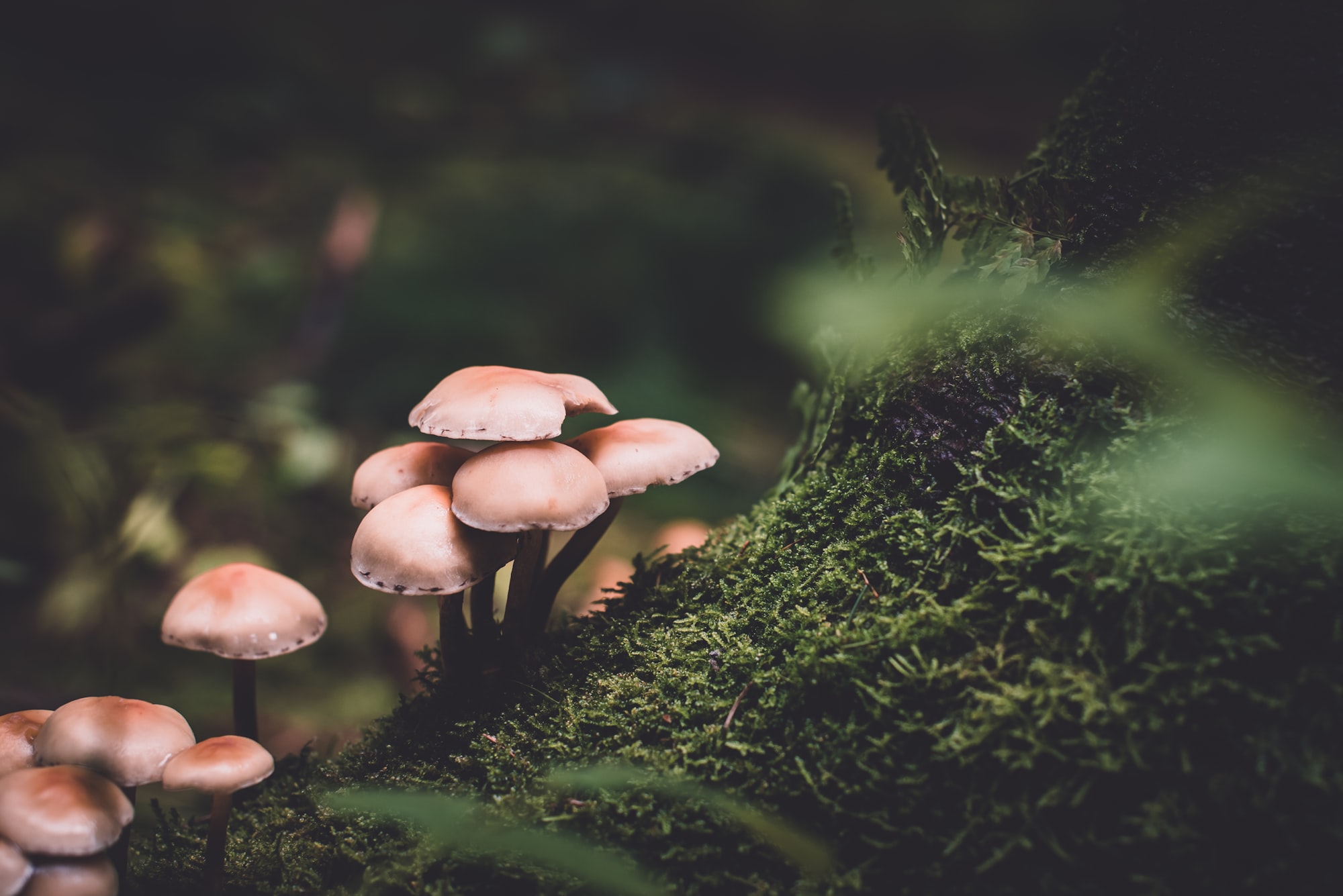
🍄 Plastic-eating mushrooms - a key to removing plastic waste?
Some scientists believe that certain mushrooms with the ability to consume polyurethane - which is one of the main ingredients in plastic products - is the key to cleaning up our earth.
Share this story!
There are certain mushroom species with the ability to consume polyurethane, which is one of the central ingredients in plastic products. Some scientists believe these mushrooms could be a key to cleaning up our earth.
Fungi use a natural process called mycoremediation to isolate or degrade contaminants in the environment. TreeHugger explains that mycoremediation is a form of bioremediation that can occur naturally or be introduced deliberately in order to break down different types of environmental pollutants.
In 2020 a study published in Biotechnology Reports scientists explained that using mycoremediation instead of other methods of disposal of agricultural wastes like herbicides, pesticides and cyanotoxins is more effective and also more eco-friendly and cost-effective.
There is a fungi species called Pestalotiopsis microspora which lives on plastic and can do so in very dark environments without oxygen. Basically, this means that this type of fungi can live in waste treatment centers, in home composting systems and even “survive at the bottom of heavy landfills”, as TreeHugger explains it.
In a study conducted by David Hawksworth and Robert Lücking, they found that there are between two to four million fungi species in the world. Different kinds of fungi can break down construction material and biofuels, so with that many species existing, the possibilities are seemingly endless. According to TreeHugger, scientists have found mushrooms that eat plastic. Some of them are very rare, meanwhile others can be found in local markets.
A study done in 2011, led by Johnathan Russell from Yale University, found the fungus Pestalotiopsis microspora in Ecuador’s rainforest. They discovered that the mushroom can grow on polyurethane (one of the most common polymers in plastic products) and use it as its sole carbon source. According to the Yale research team, the species can live in environments both with or without oxygen, breaking down and digesting polyurethane before turning it into organic matter. During an experiment, the team noticed significant clearance in the plastic material after only two weeks.
Other mushrooms such as Pleurotus ostreatus and Schizophyllum commune can turn plastic into human-grade food. The fungi Aspergillus tubingensis can break down polyester and polyurethane into much smaller pieces in only two months.
TreeHugger explains that it can be very tricky to introduce new organisms like mushrooms into environments like for example the ocean. Newsweek presented an approach after the Yale team found P. microspora and that is to first collect the plastic and then let the fungus do its work in a controlled environment. However, using mushrooms has been clearly shown to work and with even more research, these organisms could help us solve our plastic pollution problems.
By becoming a premium supporter, you help in the creation and sharing of fact-based optimistic news all over the world.


